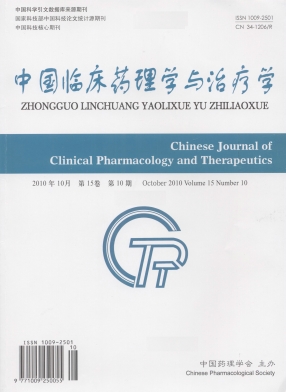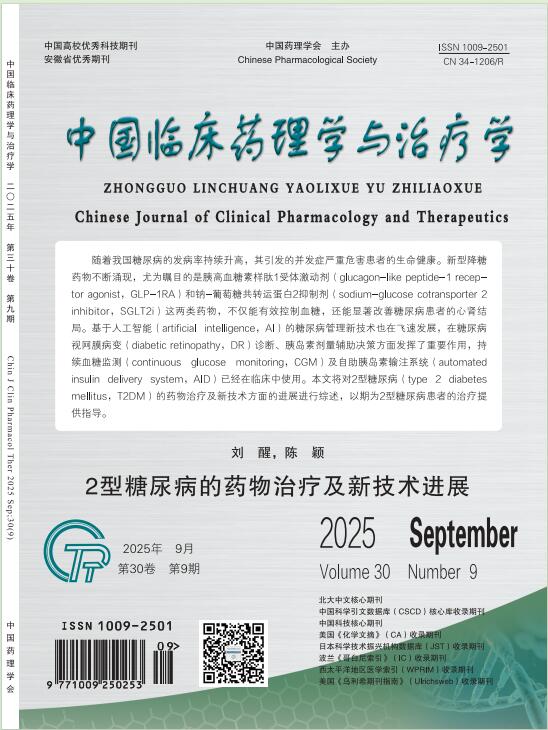Effects of Bisphenol A on metabolismof glucose and lipid in mice
CHEN Li, HOU Yong, DU Tian-xi, LI Shao-yin, WANG Guang-ming, ZHU Bang-liu, HUANG De-wu
2014, 19(3):
265-270.
 Asbtract
(
282 )
Asbtract
(
282 )
 PDF (1473KB)
(
305
)
References |
Related Articles |
Metrics
PDF (1473KB)
(
305
)
References |
Related Articles |
Metrics
AIM: To investigate the effects of Bisphenol A(BPA)on lipid metabolism and glucose metabolism in mice.METHODS: The 8-week-old male C57BL/6J mice were divided randomly into four groups: blank group, solvent group,low- and high-dosage group.The blank group and solvent group were administrated with distilled water and corn oil respectively by gavage, and other two groups were administered with BPA at the dosages of 0.5 mg·kg-1·d-1 and 50 mg·kg-1·d-1 respectively with the same route. 90 days later, oral glucose tolerance test (OGTT) was carried out in all the mice.Contents of serum total triglycerides (TG), total cholesterol (TC), high-density lipoprotein cholesterol (HDL-C), low-density lipoprotein cholesterol (LDL-C) were detected.At the same time, the hepatic steatosis situation and protein expression levels of FAS,ACC,SCD1,GCK in liver were tested.RESULTS: Compared with the blank group and solvent group,the glucose tolerance in the low-dosage group was abnormal(P<0.05),the levels of TC,TG,LDL-C were increased while the level of HDL-C was reduced(P<0.05).Compared with the blank group and solvent group, the levels of TC,TG and HDL-C in the high-dosage group was similar,there were no obviously difference(P>0.05),the level of LDL-C in the high-dosage group was increased(P<0.05).Protein expression level of FAS,ACC,SCD1 and GCK in liver were higher in low-dosage proup and there was lipid depositions in liver,while ACC and GCK were higher in high dosage group.CONCLUSION: The exposure to low-dose BPA for a long time may cause glucose and lipid metabolism disorders.


